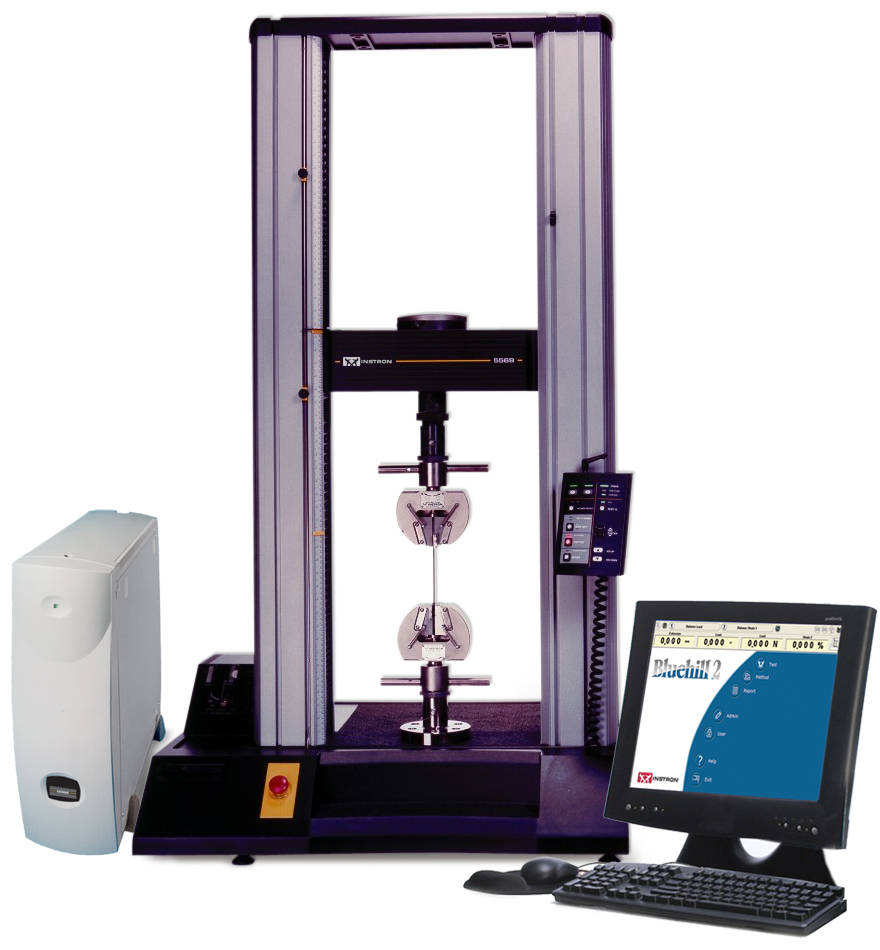

The use of medium and fine manual metallic strips followed by polishing and topical fluoride application were introduced in 1956 by Hudson in order to reduce enamel irregularities produced. Qualitative SEM evaluations showed that IPR systems can affect enamel morphology leaving furrows and scratches. Since these IPR procedures have become more frequent in orthodontic practice, several studies analyzed their effects on enamel surface. Recently, many powered IPR systems such as mechanical oscillating abrasive strips or diamond-coated segmented discs have gained in popularity. Several IPR systems have been developed and progressively modified over the years. Sheridan described Air-rotor stripping (ARS) technique more than 20 years ago as an alternative to extraction borderline cases. It is frequently used as part of treatment in combination with clear aligners. Main clinical indications include correction of Bolton tooth-size discrepancies, mild or moderate crowding, morphologic dental anomalies, prevention of relapse, and reduction of interdental gingival papilla retraction. Interproximal reduction (IPR) is a common procedure used in orthodontic treatment in several clinical cases. Oscillating diamond strips showed more controlled efficiency when compared with the manual IPR system leading to a more regular enamel surface. SEM analysis revealed more regular surface of teeth undergone mechanical IPR procedures. Less presence of enamel debris and detachment of abrasive grains were observed on mechanical strips rather than manual strips. Quantity of removed enamel decreased throughout the 8 cycles for both systems. Mechanical IPR system showed higher efficiency in terms of enamel reduction ( p < 0.005) when compared with manual IPR system (0.16 mm and 0.09 mm, respectively). Independent t-test was used to evaluate differences in variables between the two systems. Efficiency and abrasive property decay of both IPR systems were investigated by the amount of enamel reduction within the eight-cycle testing. Both abrasive tracks and teeth surfaces were qualitative evaluated before and after IPR by means of SEM analysis. Each strip underwent one test of 8 cycles (30 s each). Three oscillating strips and three manual strips were tested on twelve freshly extracted premolars blocked in an acrylic cylinder pot by means of a material testing machine.

The aim of the present investigation was to evaluate enamel reduction efficiency, abrasive property decay, and enamel effects between oscillating mechanical and manual systems for interproximal enamel reduction (IPR).


 0 kommentar(er)
0 kommentar(er)
